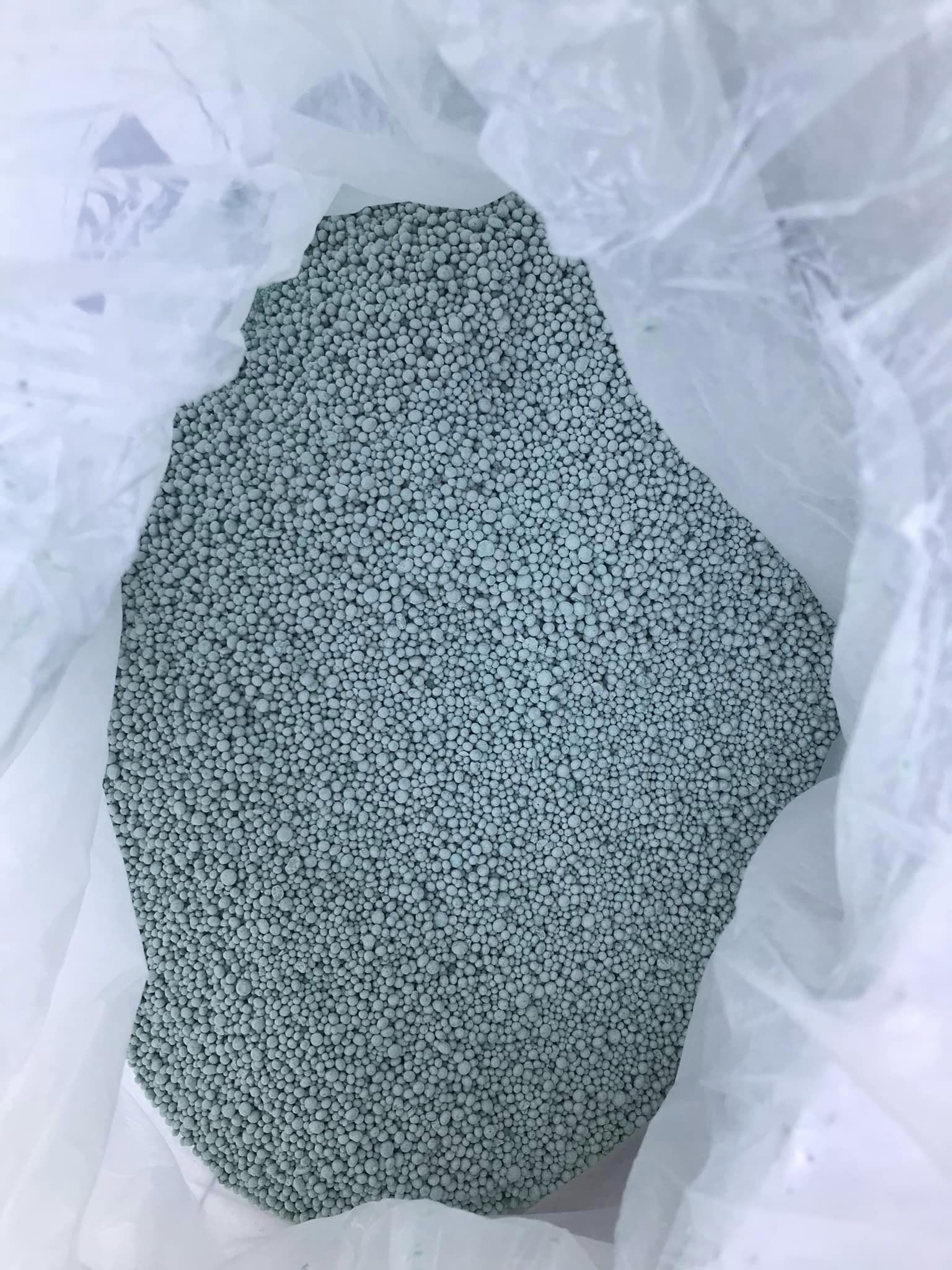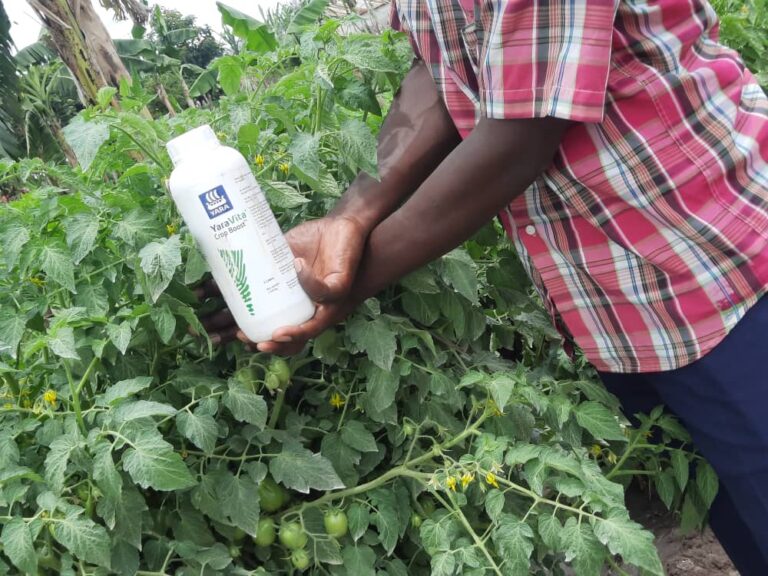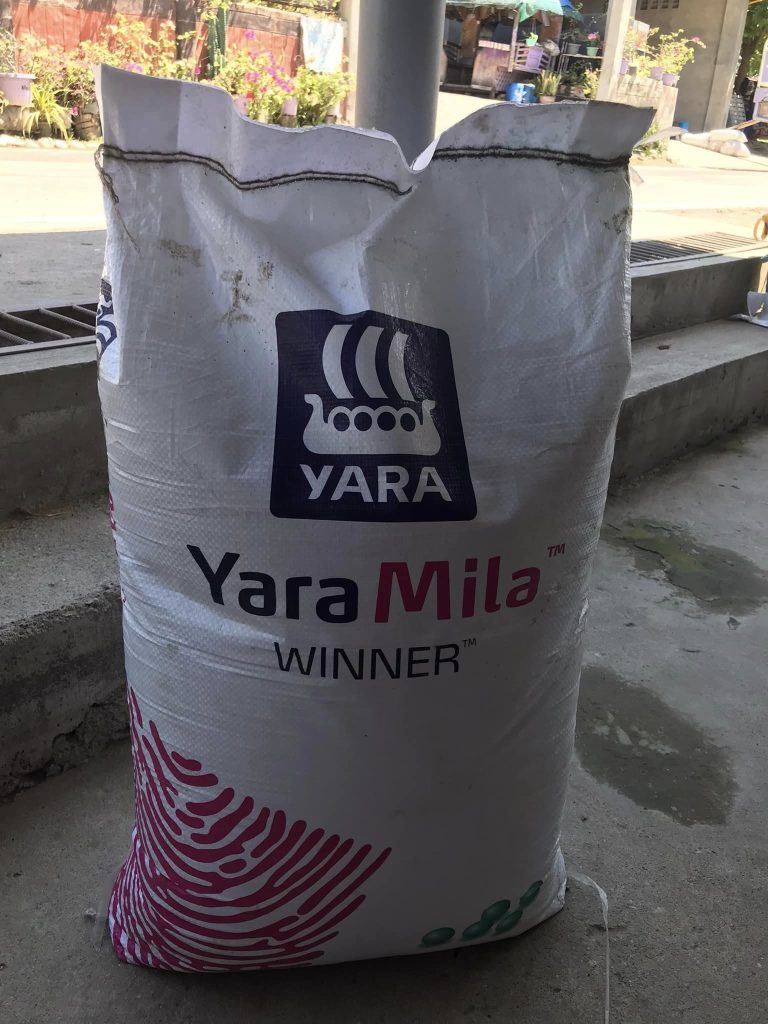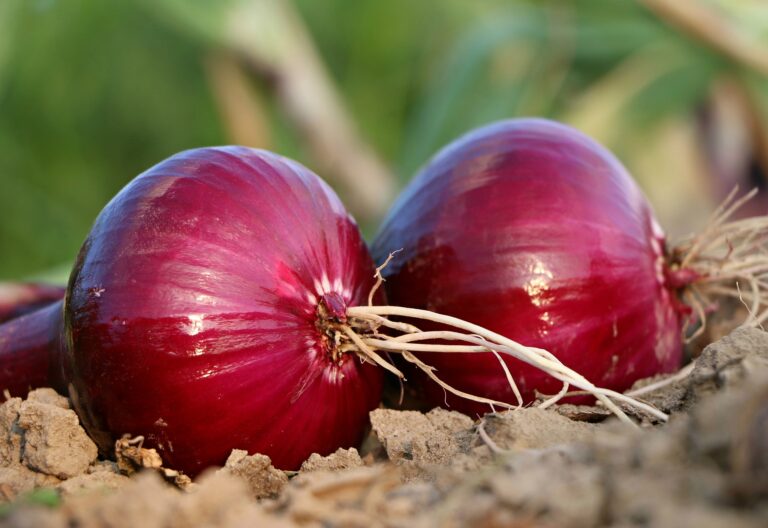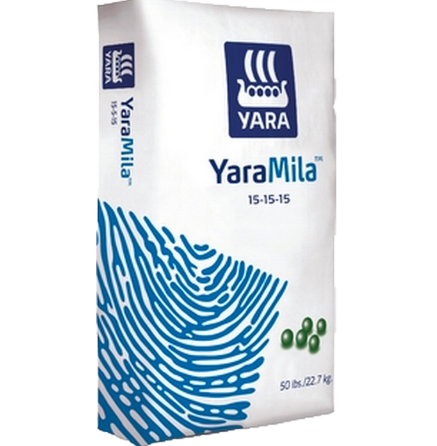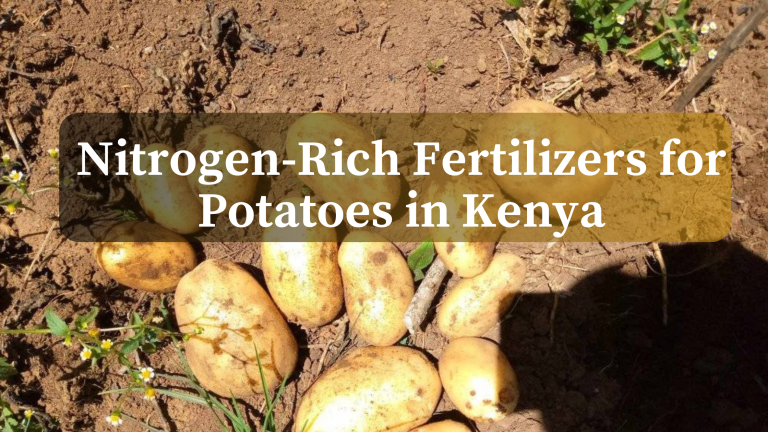Controlled-Release Fertilizers: Pros and Cons of Controlled-Release Fertilizers
What is Controlled-Release Fertilizers?
Controlled-release fertilizers are engineered to release nutrients gradually, which helps in maintaining a steady supply of essential nutrients to the plants over an extended period. This gradual release is achieved through various coating technologies or encapsulation methods, which regulate the rate at which nutrients become available to the plants.
This innovation ensures that plants receive the right amount of nutrients at the right time, enhancing their growth and productivity.
Controlled-release fertilizers (CRFs) are revolutionizing the agricultural industry by offering a more efficient and environmentally friendly way to supply nutrients to crops.
Unlike traditional fertilizers that release nutrients immediately upon application, CRFs are designed to release nutrients slowly over a set period, matching the nutrient needs of plants more precisely.
This advanced technology not only optimizes crop yields but also minimizes environmental impact, making it a cornerstone of sustainable agriculture.
Mechanisms of Controlled Nutrient Release
The nutrient release mechanisms in CRFs depend on several factors, including the type of coating material used and the environmental conditions. Common mechanisms include diffusion, where nutrients pass through a semi-permeable coating, and degradation, where the coating material breaks down over time due to soil microbes or moisture.
These mechanisms ensure that nutrients are released in sync with the plant’s growth cycle, reducing nutrient losses due to leaching or volatilization.
Types of Controlled-Release Fertilizers
There are several types of controlled-release fertilizers, each designed to meet specific agricultural needs.
Polymer-coated fertilizers are among the most widely used, where nutrients are encapsulated in a polymer shell that controls their release.
Sulfur-coated fertilizers use a sulfur layer to achieve a similar effect. Other types include resin-coated and hybrid fertilizers, which combine different coating technologies to optimize nutrient delivery.
Benefits of Controlled-Release Fertilizers
Enhanced Nutrient Efficiency
One of the primary benefits of CRFs is their ability to improve nutrient use efficiency. Traditional fertilizers often release nutrients too quickly, leading to significant losses through leaching or volatilization.
CRFs mitigate these losses by releasing nutrients slowly, ensuring that a higher proportion is absorbed by the plants. This efficiency translates into better growth and higher yields.
Environmental Benefits
CRFs offer significant environmental advantages by reducing the risk of nutrient runoff and leaching, which are common problems with conventional fertilizers. By controlling the release rate of nutrients, CRFs minimize the chances of excess nutrients entering water bodies and causing eutrophication. This controlled approach also reduces the emission of greenhouse gases associated with fertilizer application, contributing to a lower environmental footprint for agriculture.
Improved Crop Yield
The steady nutrient supply provided by CRFs supports optimal plant growth throughout the growing season. This consistency in nutrient availability helps crops develop stronger root systems, better resistance to diseases, and higher overall productivity.
Studies have shown that crops treated with CRFs often exhibit improved yields compared to those receiving traditional fertilizers, making them a valuable tool for enhancing food security.
Controlled-Release Fertilizers Application Methods
Soil Incorporation
Soil incorporation involves mixing CRFs directly into the soil, where they release nutrients slowly over time. This method is particularly effective for long-term crops, such as perennials or those with extended growing seasons.
By incorporating CRFs into the soil, farmers can ensure that nutrients are available throughout the critical stages of plant development.
Foliar Application
Foliar application, where CRFs are sprayed directly onto the leaves, is another effective method. This technique allows for the immediate uptake of nutrients by the plant and can be particularly beneficial during periods of high nutrient demand or stress.
Foliar application can be used as a supplementary method to soil incorporation, providing a quick nutrient boost when needed.
Drip Irrigation
Drip irrigation systems can be adapted to deliver CRFs directly to the plant root zone. This method ensures precise nutrient delivery, minimizing waste and maximizing efficiency.
Drip irrigation is especially useful in arid regions where water conservation is critical. By combining CRFs with drip irrigation, farmers can optimize both water and nutrient use, leading to healthier crops and higher yields.
Comparing Traditional and Controlled-Release Fertilizers
The primary difference between traditional and controlled-release fertilizers lies in how they deliver nutrients to the plants. Traditional fertilizers release nutrients immediately upon application, which can lead to rapid nutrient losses and environmental issues.
In contrast, CRFs release nutrients gradually, ensuring a steady supply that matches the plants’ needs. This difference in nutrient release has significant implications for both crop performance and environmental impact.
